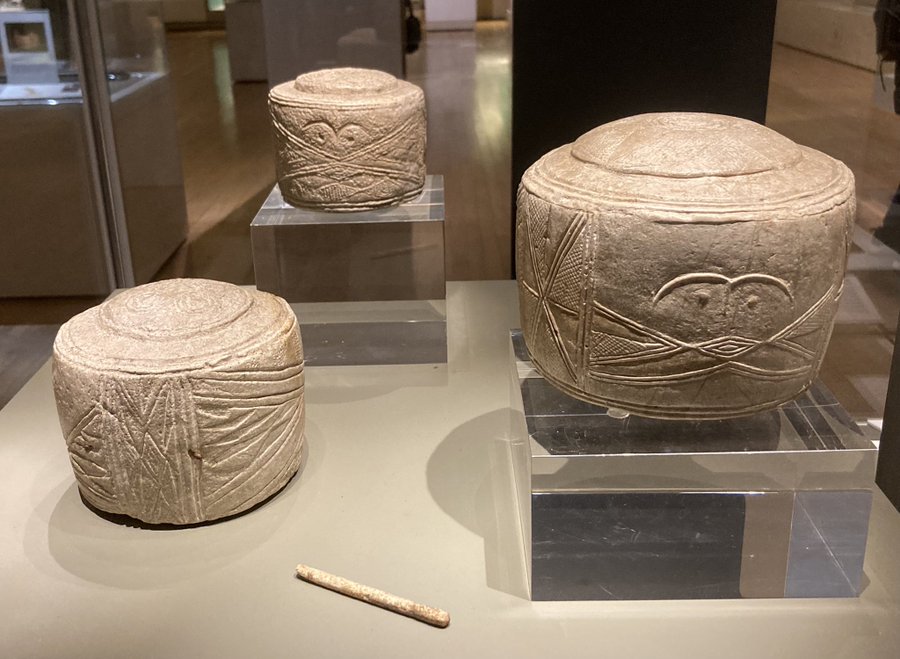La conférence inaugurale du cycle dédié à l’État stratège et à la prise en compte du temps long dans l’action publique a permis d’aborder plusieurs points fondamentaux.
Voici un sommaire minuté des points forts de la vidéo :
0:30-3:00 : Recul de la prise en compte du temps long dans l’action publique.
Bruno Lasserre, vice-président du Conseil d’État, souligne le recul de la prise en compte du temps long par l’État.
Ce constat est lié à l’accroissement des tâches de gestion depuis la fin du 19e siècle.
L’État est passé d’un modèle régalien à un État providence puis un État régulateur, ajoutant à chaque étape de nouveaux objectifs de long terme mais aussi des objectifs de gestion courante qui entrent en concurrence avec le temps long.
3:00-5:30 : L'exemple de l'État planificateur de l’après-guerre.
L’exemple de l’État planificateur de l’après-guerre est cité, avec la création du Commissariat général au Plan en 1946.
Le plan a permis de structurer le développement du pays autour de grands projets.
La planification s’est appuyée sur des organismes de prévision (INSEE, service des études économiques et financières), et sur le dialogue avec les partenaires sociaux.
5:30-7:30 : Articuler temps court et temps long.
Bruno Lasserre insiste sur la nécessité d’articuler le temps court et le temps long, face aux enjeux de la transition écologique, des évolutions démographiques et des mutations technologiques.
Il soulève la question du développement d’un véritable outil prospectif couvrant ces différents champs.
9:30-11:00 : L’État stratège, une notion complexe.
Martine de Boisdeffre, présidente de la section des études de la prospective et de la coopération du Conseil d’État, aborde la complexité des notions d’« État stratège » et de « temps long ».
Elle insiste sur la nécessité de clarifier ces notions pour mieux comprendre la réalité de l’État stratège et ses enjeux.
11:00-13:00 : Prospective et conciliation des temps.
Martine de Boisdeffre met l’accent sur la prospective pour anticiper les évolutions futures et préparer les politiques publiques.
Elle souligne l’importance de la conciliation du temps long avec la préférence pour le présent et la nécessité de l’évaluation et de l’adaptation des politiques publiques.
13:30-22:00 : François Bayrou, plaidoyer pour un État stratège.
François Bayrou, Haut-commissaire au Plan, plaide pour un État stratège capable de penser le temps long et de s’organiser autour d’une planification.
Il déplore l’abandon de la culture du plan au profit d’une vision néolibérale privilégiant le marché.
Il donne des exemples concrets de décisions publiques qui ont souffert d’un manque de vision prospective.
Points clés de l’intervention de François Bayrou :
- Démographie médicale : La décision du numerus clausus a eu des effets désastreux sur le système de santé français.
- Énergie : Le manque de planification a conduit à des choix énergétiques incohérents et dangereux.
- Désindustrialisation : La France a subi une désindustrialisation massive faute d’anticipation.
- Outre-mer : L’absence de plan sérieux pour les Outre-mer a engendré une crise grave.
22:00-32:00 : Christine Lavarde, la difficulté de penser le temps long dans un contexte politique dominé par le court terme.
Christine Lavarde, sénatrice et présidente de la délégation à la prospective du Sénat, souligne la difficulté de penser le long terme dans un contexte politique dominé par le court terme.
Elle évoque les limites de la prospective, qui peut être démentie par des événements imprévus.
Elle insiste sur la nécessité pour l’État de se doter d’outils pour mieux anticiper les crises.
Elle déplore la tendance à privilégier les solutions budgétaires de court terme au détriment des investissements de long terme.
32:00-50:00 : Philippe Baptiste, le spatial comme exemple d’un secteur qui s’inscrit nécessairement dans le temps long.
Philippe Baptiste, président du CNES, met en avant le secteur spatial comme un domaine où la prise en compte du temps long est indispensable.
Il rappelle que les projets spatiaux nécessitent des années de développement et comportent des risques importants (techniques, géostratégiques).
Il souligne l’importance des objectifs stratégiques clairs, des compétences techniques, des budgets et de la confiance pour réussir dans le domaine spatial.
Il analyse les difficultés de l’industrie spatiale européenne, et plaide pour une réinvention du modèle de coopération européen.
50:00-1:08:00 : Échanges avec la salle.
Les échanges avec la salle abordent des questions cruciales comme la prise en compte des enjeux climatiques, l’articulation entre réflexion stratégique de long terme et respect du choix démocratique, l’importance de l’évaluation des politiques publiques, et la comparaison internationale des visions stratégiques et prospectives.
Conclusion :
La conférence inaugurale a permis de poser les bases d’une réflexion approfondie sur l’importance du temps long dans l’action publique et sur les difficultés rencontrées par l’État pour s’inscrire dans cette temporalité.
Les interventions et les échanges ont mis en lumière la nécessité d’un État stratège capable de concilier le court terme et le long terme, de développer une vision prospective, et de s’appuyer sur des outils et des organisations adaptés pour mener des politiques publiques ambitieuses et durables.
